Explore DesignShifts
Here, you’ll find the DesignShifts we’re exploring both in theory and in practice. Each topic explores Shifting the posture, power, perspective, practice, and the purpose of design.
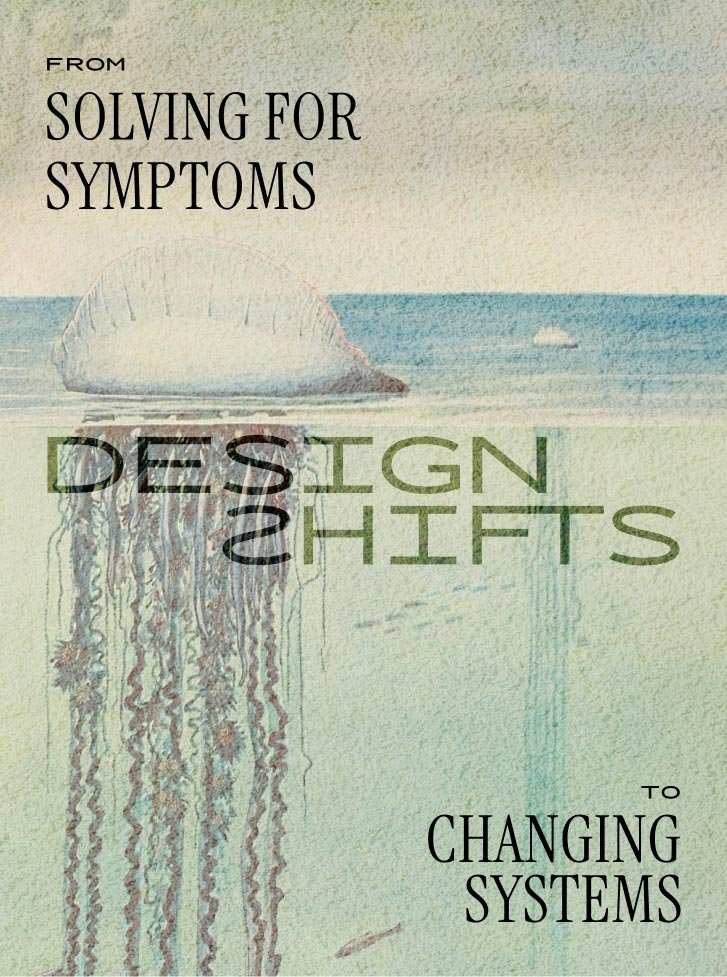
DesignShift: From Solving For Symptoms to Changing Systems
“To expect ourselves to change without changing the environment in a dopamine overloaded world is to expect ourselves not to be human.”
Recently I listened to the podcast "The Path to Enough" where the Psychiatrist Anna Lembke discussed the addictive nature of our devices and how our behaviors are influenced by the environment we find ourselves in. As a designer passionate about designing for real human needs, this quote hit home for me.
DesignShift: What if… rather than solving for individual symptoms, we started changing the system that is actually holding us back? What if we designed environments are actually conducive to being human?
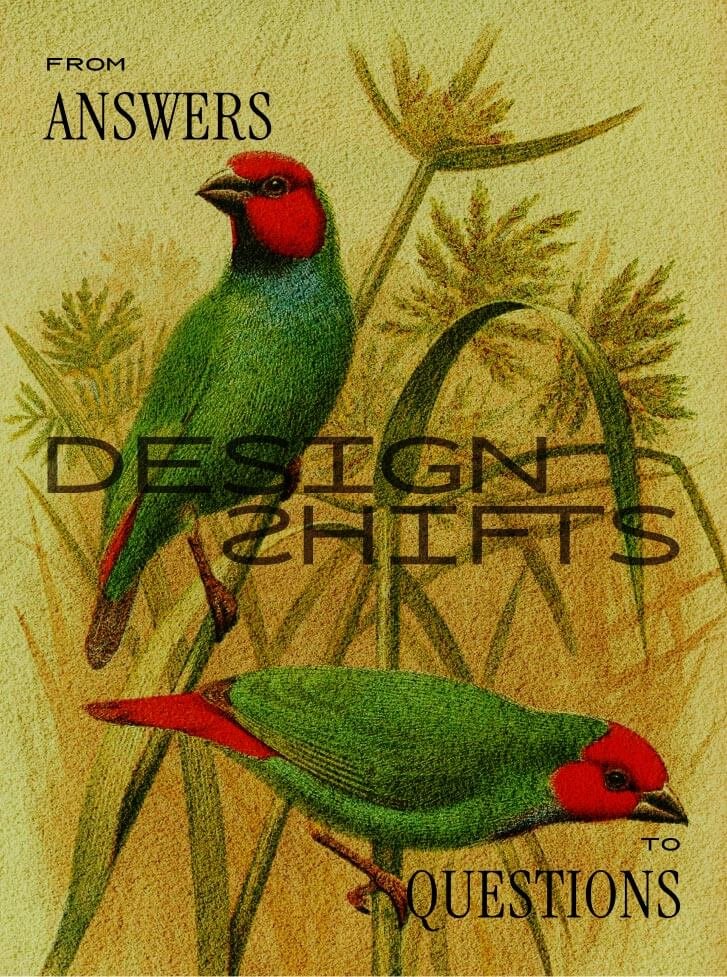
DesignShift: From Answers to Questions
How many times have you been in a conversation that’s started with a question, and ended with: “Huh, I don’t know the answer. Let me Google that (or ask ChatGPT).” We grab our phones. Find AN answer. And feeling like we’ve gotten what we needed, it’s the end of the discussion. Next topic. Moving on. The internet has given us so much when it comes to access to information. Answers to nearly every question we could ever imagine are at our fingertips.
However, lately I’ve started to realize that the thing we need is not answers, but rather opportunities to be with the questions.
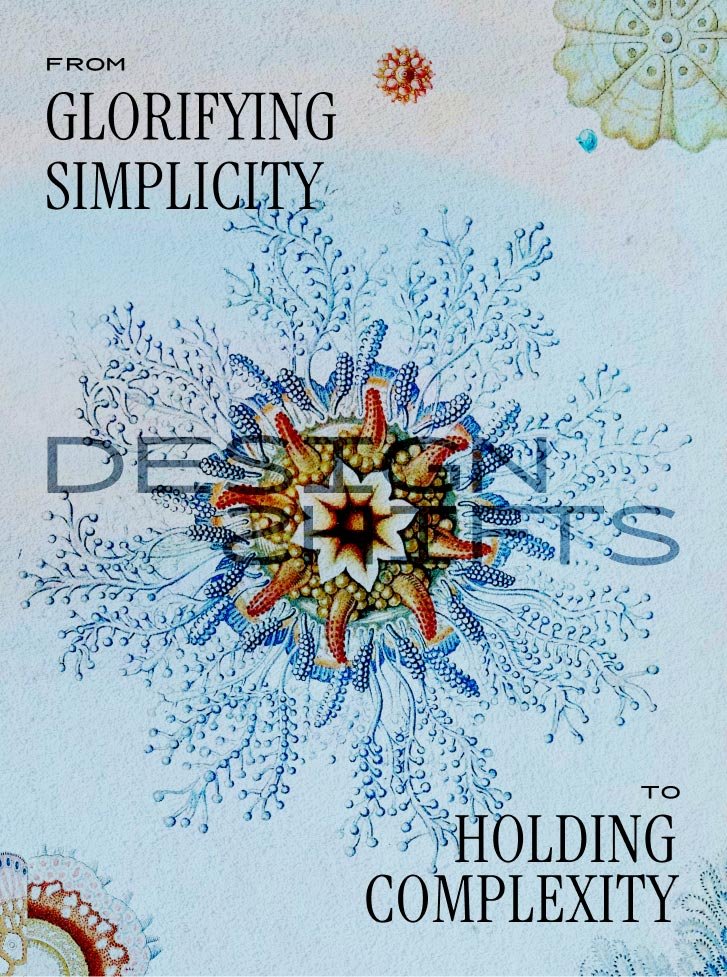
DesignShift: From Glorifying Simplicity to Holding Complexity
If we want to move from designing things to designing change, rather than simplifying the complex, we must find ways to hold and be with the complexity that exists around us and inside of us. Rather than rushing to fix, solve, or clean up, we must embrace contradictions and tensions as essential parts of the design process.
DesignShift: From Glorifying Simplicity to Holding Complexity.
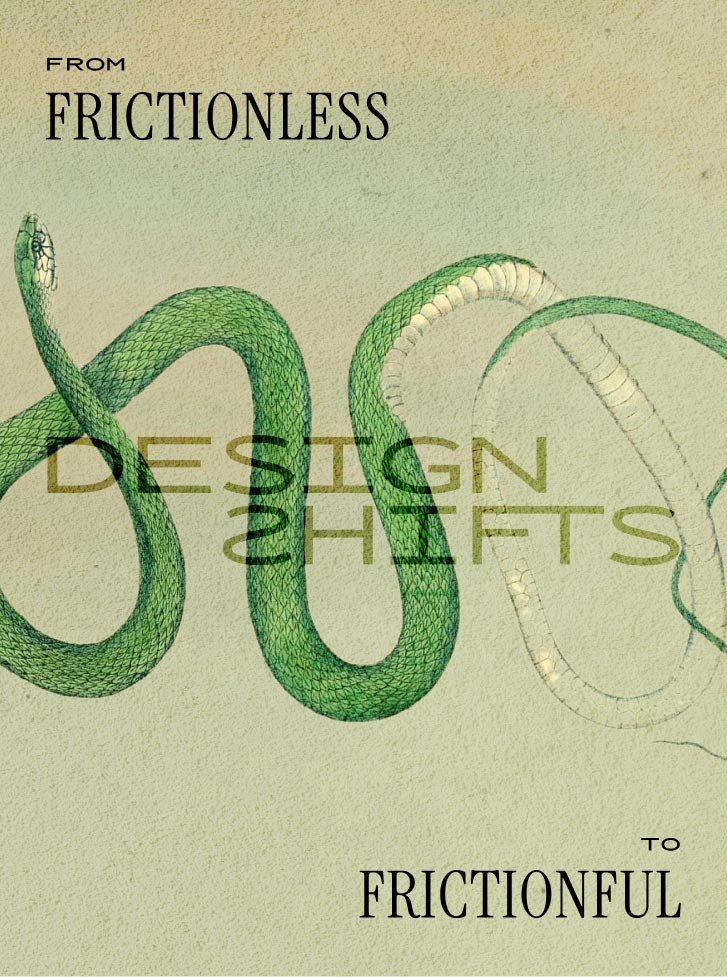
DesignShift: From Frictionless to Frictionful
Good design is frictionless, right?
Designers quickly learn that friction = bad. We spend most of our time trying to remove friction in order improve experiences. However, is this desire for — or should I say obsession with — frictionlessness always a good thing? Can friction actually enrich experiences?
DesignShift: From Frictionless to Frictionful.
Last weekend while hiking up a mountain, Molly Oberholtzer and I started talking about friction and design. She said this:
“We spend so much time making things frictionless, but by making it frictionless we make it forgettable. Friction is often the most memorable part.”
“When you learn that you can handle some friction, you realize you can handle even more. By always trying to reduce even small amounts of friction, we take away our own power to handle hard things.”
Her reflections made me think... As designers, how can friction help us create more memorable experiences? How can it help us do hard things?
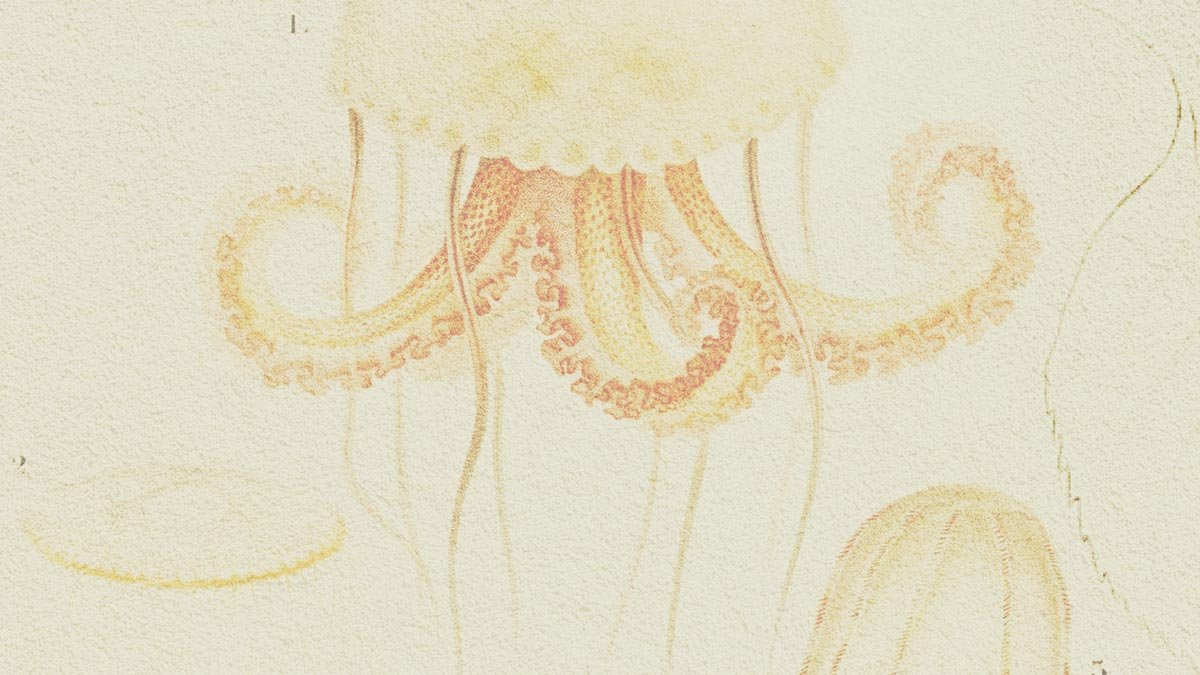
Join us!
Sign up for updates on my writing, events, and upcoming courses
